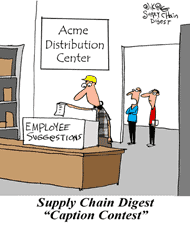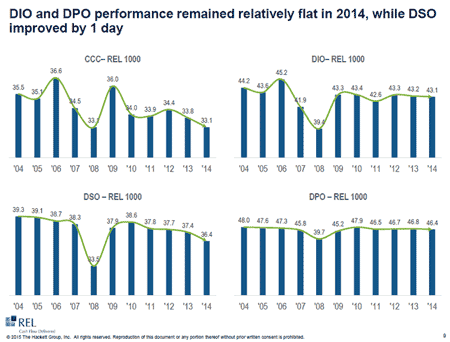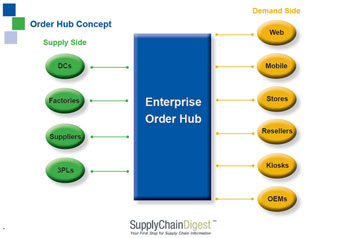 |
August 20, 2015 - Supply Chain Flagship Newsletter |
 |
| FEATURED SPONSOR: ZEBRA |
||
 |
||
Download Our Complimentary White Paper Now To Learn the Ten Steps to Finding the Right Mobile Device |
 |
|
|||||||||||||||||||||||||||||||||||||||||||||||||||||||||||||||||||||||||||||||||||||||||||||||||||||||
|
||||||||||||||||||||||||||||||||||||||||||||||||||||||||||||||||||||||||||||||||||||||||||||||||||||||||
|
||||||||||||||||||||||||||||||||||||||||||||||||||||||||||||||||||||||||||||||||||||||||||||||||||||||||
|
||||||||||||||||||||||||||||||||||||||||||||||||||||||||||||||||||||||||||||||||||||||||||||||||||||||||
|
|
|
YOUR FEEDBACK
We've received a number of letters on our couple of First Thoughts columns on supply chain strategy, and we will publish a few here this week and more next time.
That includes our Feedback of the Week from David Schneider of David K Schneider & Company, who has quite a bit of interesting things to say on the topic.
Feedback on the Week on Who Really Has a Supply Chain Strategy?
You asked for a response to your article about Supply Chain Strategy, of the apparent lack of it in the study group. That is like throwing a steak at a hungry dog. Less than that get it right.
I toiled for over a year in the late 80's to develop ways to determine the total landed cost of the different products we sold so to develop a model we could use to support the strategy modeling for product sourcing. At the time we called it the Real Cost model. Almost 6 months into the effort my Vice President left a note on my desk. "When we see Real Cost we will not us them at store level. We don't know how to handle Real Cost." I still have that note hanging on the wall at my desk, over 25 years later because the statement is just as true today as it was then.
Oh, our systems are so much better now, and we can get the total landed cost, the real cost, of getting the product onto the shelf or into the plant. However, so many managers barely know what real cost is, or how to apply it. David K. Schneider
|
||
| More on Who Has a Supply Chain Strategy | ||
As a Supply Chain student, I found this article very interesting as to where I should put some of my learning focus on and how a potential employer might be looking for. Carrie Harrison
|
||
Just two observations about what a Supply Chain Manager should be doing. First and foremost is to concentrate on delivering excellence to the customer operationally. Secondly is to promote and facilitate supply chain thinking throughout the supply chain. That way they will see what good looks like and actually understand what it means when it all comes together. David MacLeod
|
||
It is amazing how hard it can be for a retailer to get its perpetual inventory to be right at store level. RFID or not, it's just addition and subtraction. Even more critical today with needing an accurate picture of availability to promise for online, and store inventory needing to be exposed to the web shopper who wants to click and collect. Peter J. Charness |
SUPPLY CHAIN TRIVIA ANSWER
Q: What are the only two universities that have produced two CSCMP Distinguished Service Award winners at the time of their recognition?
A: University of Tennessee (John Langley and Tom Mentzer) and University of South Florida (Doug Lambert and James Stock).
| © SupplyChainDigest™ 2003-2015. All Rights Reserved. SupplyChainDigest PO Box 714 Springboro, Ohio 45066 |
POWERED BY: XDIMENSION
|










